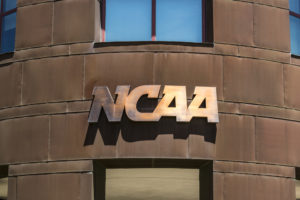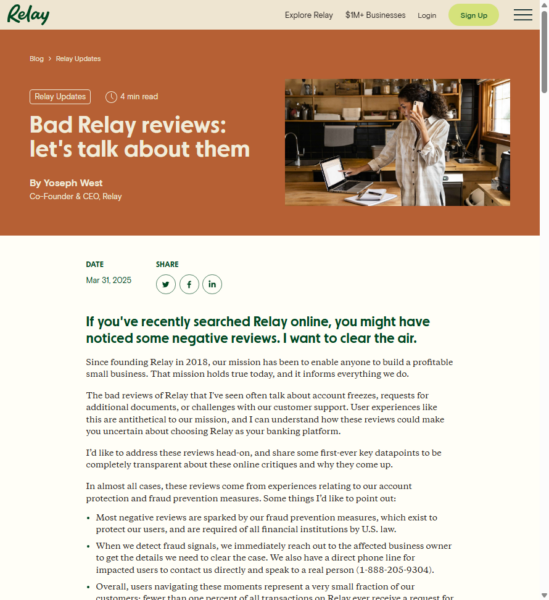Second of a two-part series. To read part one, click here.
As the holiday season of 2012 approached, I had read again and again of accidents involving school buses and personnel in North Carolina and close by in Virginia. Some were fatal, but no children had yet been killed. I had not even read that any children were very severely hurt, at least not physically, although some had experienced almost miraculous escapes.
But I had an ominous feeling that the trend would get worse.
Image / Egerton Law
As fleets of buses begin to roll in 2013 we can only hope for a safer year. During much of the fall season, news media reported on multiple bus-involved crashes in North Carolina and nearby in Virginia.
On Thursday, Dec. 13, a bus from C.C. Wright Elementary School in Wilkesboro, N.C., was stopped in the eastbound lane – stoplights flashing, stop sign out, stop arm down. A 5-year-old girl stepped off and began to cross the road toward home. An oncoming car hit her, and she landed on the shoulder of the road with multiple fractures and possible internal injuries.
On Wednesday, Dec. 19, just before 7 a.m., a high school student was hit by a car as he crossed the Judd Parkway in Fuquay-Varina, N.C., to get on his bus. The bus’s amber lights were flashing to signal that it was stopping, police said. They charged the 31-year-old man driving the car with failure to reduce speed to avoid an accident. The 17-year-old student was taken to WakeMed Hospital, but his injuries were not life-threatening.
That was not the case in another accident that was unfolding at almost the same time, near Kernersville, N.C.
It was a 6:46 a.m. on the day before school was to let out for Christmas. The school bus had stopped. The driver had put its flashing lights on and extended the stop-arm of the bus. “The school bus was doing everything correct according to the early reports,” a state trooper said.
An 11-year-old boy was crossing Old Hollow Road. He’d missed the bus earlier, but its route was to turn around and pass that way again. Coming by a second time, it stopped to let the youngster on.
A Jeep SUV heading in the other direction hit the sixth-grader. His mother, who had been getting ready to drive him to school, heard the impact. A nurse, she ran to the road and tried to revive her child. She said in a news report that she tried to breathe into him twice but couldn’t get an airway.
He died later that morning, at Wake Forest Baptist Medical Center. The rest of the children were taken to school on another bus. They were told of their classmate’s death later in the day and offered counseling.
The first day of winter was Dec. 21. The fall of 2012 was a terrible season of violence for America’s children. There was the horrific gun violence at Sandy Hook Elementary school, as we all know. But close to home as well, here on our streets and highways, violence struck randomly at children going to and from school – a place where they should feel as safe as if they were at home.
And it’s hard to figure out any sensible “reason why” for these accidents. In the case of the crossing guard, the driver said she simply didn’t see the man, a big man, wearing an orange vest. In the case of the 11-year-old, the driver said he did not see the child. In another, the driver “may have been blinded by the sun.”
In some reports, there was no reason even given.
Image / Egerton Law
In most crashes, it was reported that bus stop signs, flashing lights and stop arms had been deployed.
Time and time again, drivers didn’t see the stop signs, the stop arms extended, the flashing lights warning “stop,” didn’t even see those big yellow buses stopping to wait for children.
“Stop.” That word keeps occurring.
Now we have begun the New Year. Buses loaded with children will back on our highways, roads, and streets. And I hope that all of us who have been granted the privilege of driving, can zero in on that one word as a watchword. “Stop.” Stop and think, when you see a bus as you drive.
There will be children out there, anywhere around the bus, in front of it, beside it, behind it, about to step out into your path. Kids are short – they’re hard to see. Stop and think about the danger zone you’re driving into every time you approach a bus.
And I pray that our school kids never see another season such as the one they’ve just endured.
Related story: Monday, Jan. 7 – Child struck by hit & run driver while crossing street to bus










Comments for this article are closed.